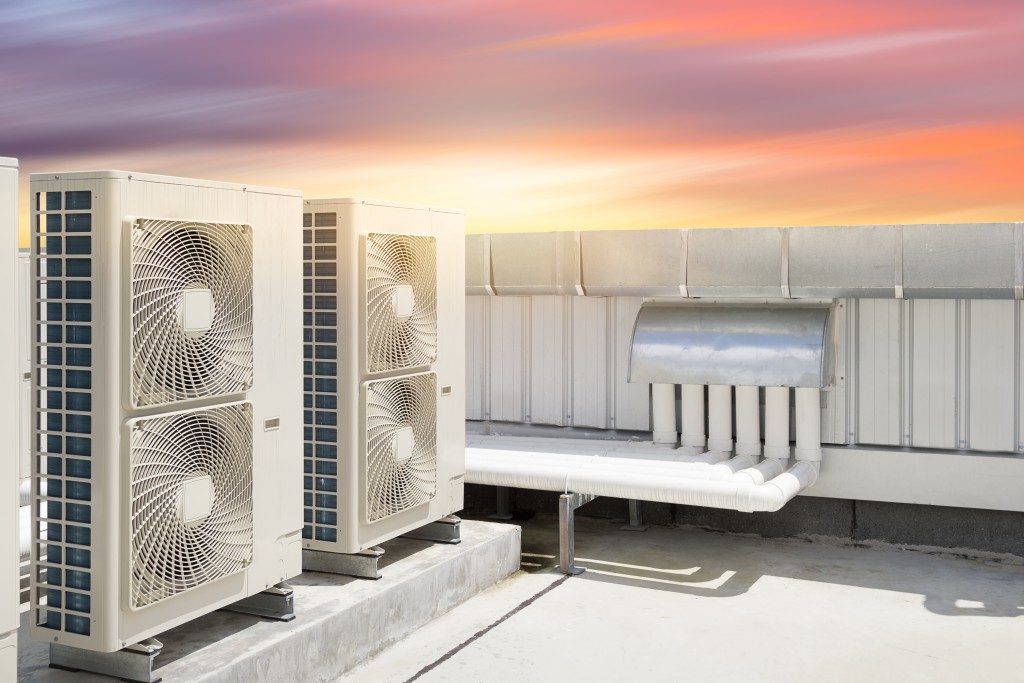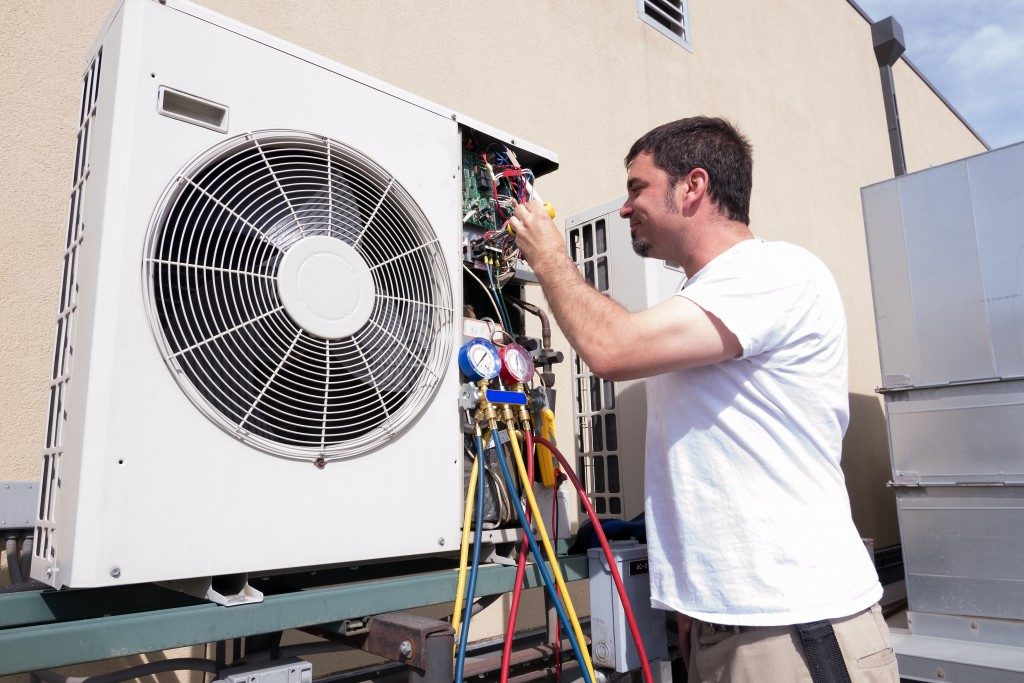HVAC units comprise heating, ventilation, and air conditioning components. Most people, unfortunately, do not really understand the ventilation component of their units. Fans are considered the workhorse of the ventilation part of your unit. These provide adequate speed for the capture of debris in the filters and drawing in air through your unit’s hood, its conduction through the system and its eventual delivery to your indoors.
Issues with your fan generally lead to a range of issues with the HVAC unit in your property. This is because there will be minimal air drawn in, little air delivered into your interiors and the accumulation of debris inside your unit.
There are different types of fans used in HVAC units all with different configurations and contributions to your units’ operation. The following are the common types of HVAC fan:
Propeller Fan
This is the most common fan used in air conditioners. Air flows in a parallel direction with the fan’s rotation axis. The fan comprises a disc-type wheel which is mounted on a plate connected to a belt-driven or direct drive motor. Propeller fans are noisy during their operation and hence frequently used in places where noise is not an issue. They are also used in areas which require large air volumes with low-pressure differentials.
Centrifugal Fan
This is also called a radial fan since air flows in a perpendicular direction to the fan’s rotation axis. There are different types of centrifugal fans used in HVAC units. The blade of forward curved fans has a cut-off design which prevents the circulation of air around the fan’s housing. It is less noisy compared to the propeller fan and has a high differential air pressure between your unit’s outlet and inlet. Backward inclined centrifugal fans have thick flat blades which suffice for small HVAC units. The blades of a backward curved fan are curved and thick and are perfect for high and medium static pressure uses.

Vane-Axial Fan
This comprises a disc-type spinning wheel contained within a cylinder. There are sets of air vanes located after or before the wheel for the proper guidance of airflow within your unit. A vane-axial fan will support a higher outflow air velocity compared to the centrifugal fan making it ideal for air delivery in large buildings. Its peak efficiency is 40-68%.
Tube-Axial Fan
This also comprises a disk-type spinning wheel in a cylinder like a vane-axial fan. Unlike the latter, the tube-axial fan does not have downstream guide vanes. As such it has a lower efficiency rating at 30-55% compared to the vane-axial fan and discharges air at a lower velocity. It is however inexpensive and will suffice for small buildings.
In the past, the above HVAC fans only operated at two speeds; low and high. With new technology, however, modern HVAC units have variable speed fans. These operate at different speeds to control the flow of air through your property. The variable speed will thus negate the energy inefficiency common in dual-speed fans. In fact, variable speed blowers use about 75% less power than the two-speed fans hence significantly lowering your unit’s energy consumption.




